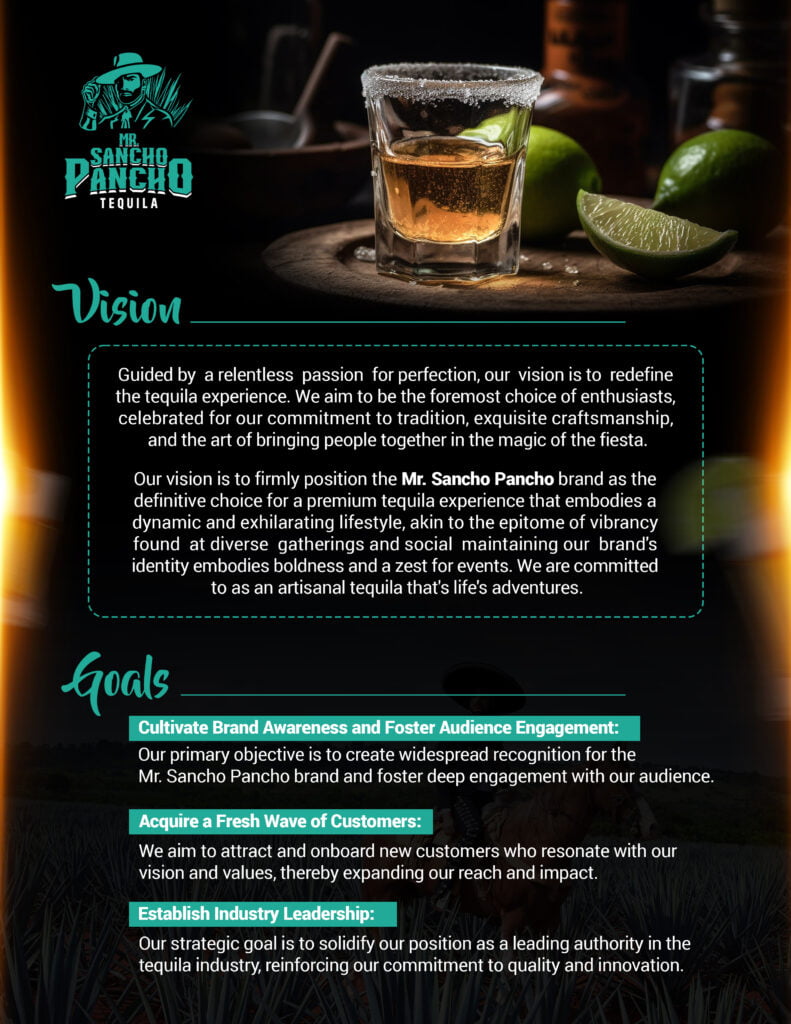Hosting a tequila tasting can be a delightful and unforgettable experience for both you and your guests. This guide will take you through the key steps to ensure your tequila tasting event is both educational and enjoyable.
Understanding Tequila Varieties
Before you start hosting a tequila tasting, it’s essential to understand the different types of tequila available. Knowing the distinctions between Blanco, Reposado, Añejo, and Extra Añejo will enhance your guests’ tasting experience.
Blanco, or silver tequila, is usually unaged and bottled immediately after distillation. It offers a pure taste of the agave plant and is known for its light, fresh, and sometimes sharp flavor profile. Reposado, meaning ‘rested,’ is aged for a period ranging from two months to one year in oak barrels, imbuing it with a mellow flavor and light amber color. Añejo, which means ‘aged,’ spends one to three years in oak barrels, resulting in a deeper color and richer, more complex flavors infused with notes of vanilla, caramel, and spices. Extra Añejo, the most luxurious variety, is aged for over three years, offering an extraordinary depth of flavor akin to fine cognacs and whiskies. Understanding these nuances will help you and your guests appreciate the unique attributes each type of tequila brings to the table.
Selecting the Right Tequilas
Choosing a range of tequilas for your tasting is crucial. Aim to include a variety of types and brands to showcase the diversity and depth of flavors in tequila. Consider sourcing tequilas from different regions of Mexico for a broader experience.
When selecting your tequilas, it’s worthwhile to include both well-known brands and artisanal, small-batch producers. This balance will allow your guests to compare the depth and complexity of different tequilas and understand how factors like production methods and terroir affect the final product. Regions such as Jalisco, Guanajuato, and Tamaulipas each bring unique characteristics to their tequilas, thanks to differences in soil, climate, and traditional production techniques. Incorporating tequilas from these diverse regions will provide a richer, more educational tasting experience.
Preparing Your Tasting Environment
A comfortable and inviting atmosphere sets the tone for your tasting event. Pay attention to lighting, seating, and background music. Make sure you have the appropriate glassware and plenty of water for cleansing palates.
Create an intimate and stylish setup with soft lighting and cozy seating arrangements. Background music should be low and unobtrusive, ideally instrumental or light Latin flavors to complement the theme of your tequila tasting. The importance of proper glassware cannot be overstated. Use small snifters or tequila glasses designed to concentrate aromas, allowing guests to fully experience the bouquet of each sample. Additionally, have ample pitchers of room-temperature water on hand to help guests cleanse their palates between tastings.
In addition to the physical environment, consider the overall ambiance. Incorporating small touches like fresh flowers or candles can greatly enhance the atmosphere. Create an area where tasting notes and pens are easily accessible, encouraging your guests to jot down their impressions and thoughts. This not only adds to the educational aspect of the event but also fosters a sense of community as guests discuss their observations.
Crafting a Tasting Menu
Complement your tequila selection with a tasting menu that includes palate cleansers and food pairings. Fresh fruits, cheeses, and light snacks can enhance the tasting experience and highlight the unique flavors of each tequila.
When crafting your menu, think about flavors that complement and enhance the taste of tequila without overwhelming it. Light and crisp items like cucumber slices or jicama sticks can act as excellent palate cleansers. For pairings, consider mild cheeses such as Manchego or Gouda, and a variety of fruits like oranges, pineapples, and berries to highlight different flavor notes. Small bites like tacos, guacamole, and ceviche can also be a fantastic addition, offering both flavor and a nod to tequila’s Mexican roots.
To make the tasting menu even more interactive, you might introduce your guests to the art of pairing tequila with chocolate or dessert items. Dark chocolate with a hint of spice complements the rich, aged flavors of Añejo and Extra Añejo tequilas, while white chocolate with a touch of citrus can pair beautifully with Blanco. This exploration of flavors adds a sophisticated twist to your event and keeps guests engaged and intrigued.
Guiding the Tasting Process
Explain to your guests how to properly taste tequila, focusing on the appearance, aroma, and flavor. Encourage them to take their time with each sample and share their observations. Providing tasting notes can also be beneficial.
Begin the tasting by guiding guests through a visual inspection of the tequila. Ask them to observe the color and clarity—Blanco tequilas will be crystal clear, while aged varieties will feature deeper shades of gold or amber. Next, teach them to observe the ‘legs’ or ‘tears’ that form on the inside of the glass after swirling; these can indicate the body and texture of the tequila.
After the visual examination, move on to the aromatic experience. Encourage your guests to gently swirl the tequila in the glass and inhale deeply. Discuss the variety of scents they might encounter, from the fresh, herbal notes of a Blanco to the complex, woody aromas of an Añejo. Finally, guide them through the tasting itself, reminding them to sip slowly and let the liquid coat their palate. Discuss the initial flavors and how they evolve, identifying specific notes such as vanilla, spice, citrus, or even chocolate.
Enhancing the Experience with Tequila Cocktails
While straight tequila is the focus, incorporating a simple tequila cocktail like a Margarita or Paloma can add an interactive and fun dimension to the event. Demonstrate how to prepare the cocktail and discuss the balance of flavors.
To create the perfect Margarita, explain the importance of using fresh ingredients—freshly squeezed lime juice, quality triple sec, and a smooth Blanco tequila really make a difference. For a refreshing Paloma, introduce grapefruit soda, lime juice, and a salt rim. Highlight how the simplicity of these cocktails allows the tequila to shine while adding a delightful twist.
Encouraging guests to take part in the cocktail-making process can increase their engagement and add a social, interactive element to your event. Providing a hands-on demonstration, where guests can mix their cocktails, allows them to appreciate the versatility of tequila beyond sipping. This not only keeps the event dynamic but also serves as a fun way to transition between different stages of your tasting.
Educational Insights and Anecdotes
Share interesting facts and stories about tequila production, its history, and cultural significance. This educational element can greatly enrich the tasting experience and elevate the appreciation of tequila among your guests.
Delve into the history of tequila, starting with its ancient roots in pre-Columbian Mexico, where the Aztecs first fermented the sap of the agave plant to create a precursor to modern tequila. Describe the evolution of this spirit, from the arrival of the Spanish conquistadors, who introduced distillation techniques, to the global recognition of tequila as a premium beverage.
Discuss the intricate process of tequila production, from the careful cultivation and harvesting of the blue agave plant to the roasting, fermenting, and distilling that transforms it into tequila. Emphasize the cultural significance of traditional methods, like the use of tahona stones to crush the agave, which many small-scale producers still uphold today. These stories can make your tasting event not just a sensory experience but also a journey into the rich heritage and craftsmanship behind each bottle.
Capturing and Sharing the Experience
Encourage guests to take notes, photos, and even videos during the tasting. Sharing moments on social media can make the experience more memorable and engaging. Consider creating a hashtag for your event.
Creating a unique hashtag for your event can foster a sense of community and make it easy to share and find all the related content. Encourage your guests to use the hashtag on their social media posts, creating a collective memory of the evening. This shared experience can extend the life of your event beyond the actual tasting, as guests reminisce and engage with each other online long after the last sip has been savored.
Documenting the event can also be a valuable tool for your own reflection and improvement. Reviewing photos and notes afterward will help you see what worked well and what might be refined for future tastings. Whether it’s the setup, selection of tequilas, or any other aspect of the event, capturing these details ensures that each subsequent tasting is even more enjoyable and memorable.
Enjoy Your Tequila Tasting Experience
With this guide, you are now equipped to host a memorable tequila tasting that will impress your guests and deepen their appreciation for this exceptional spirit. Enjoy responsibly and savor each moment of your tasting journey.















